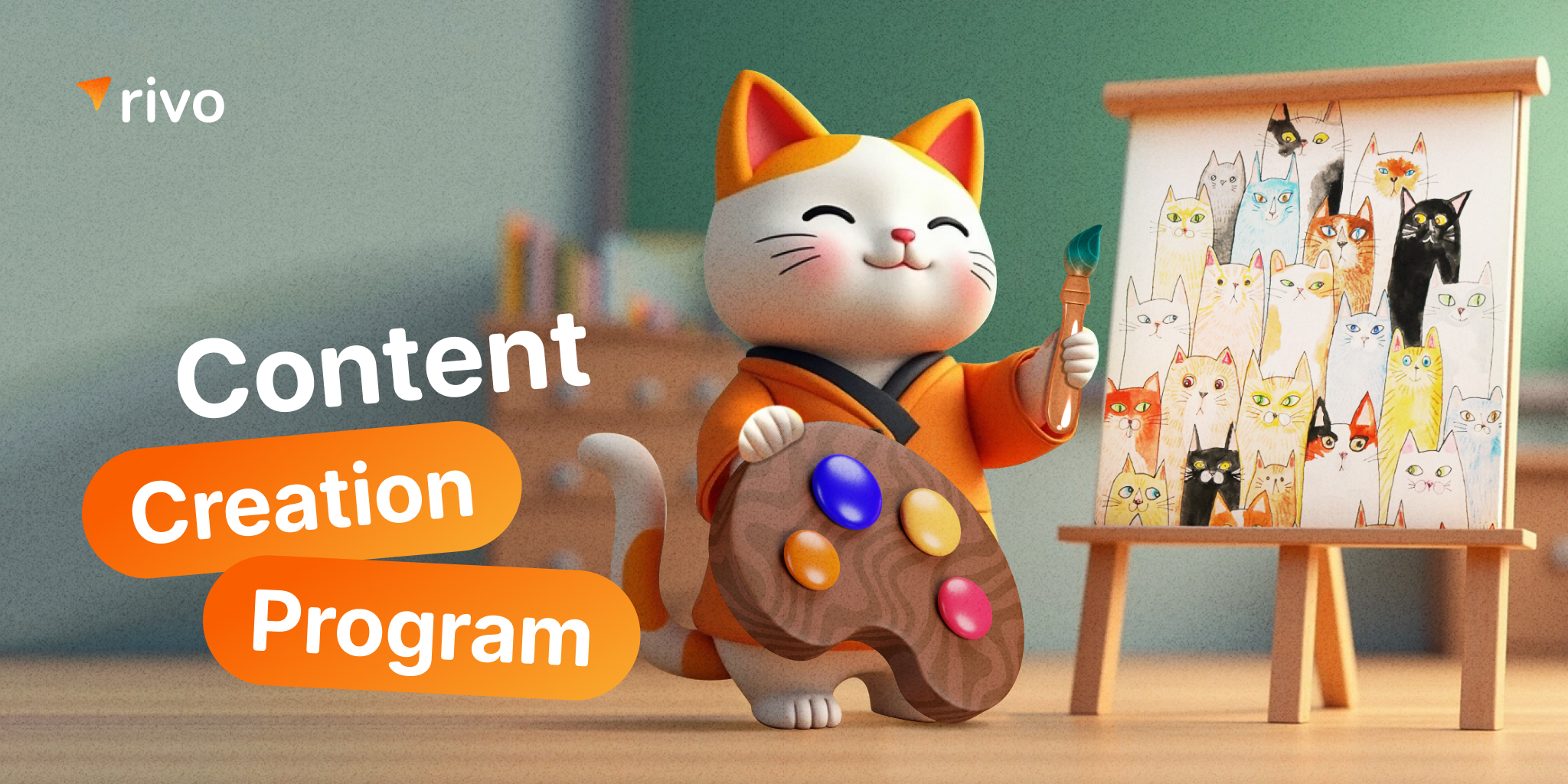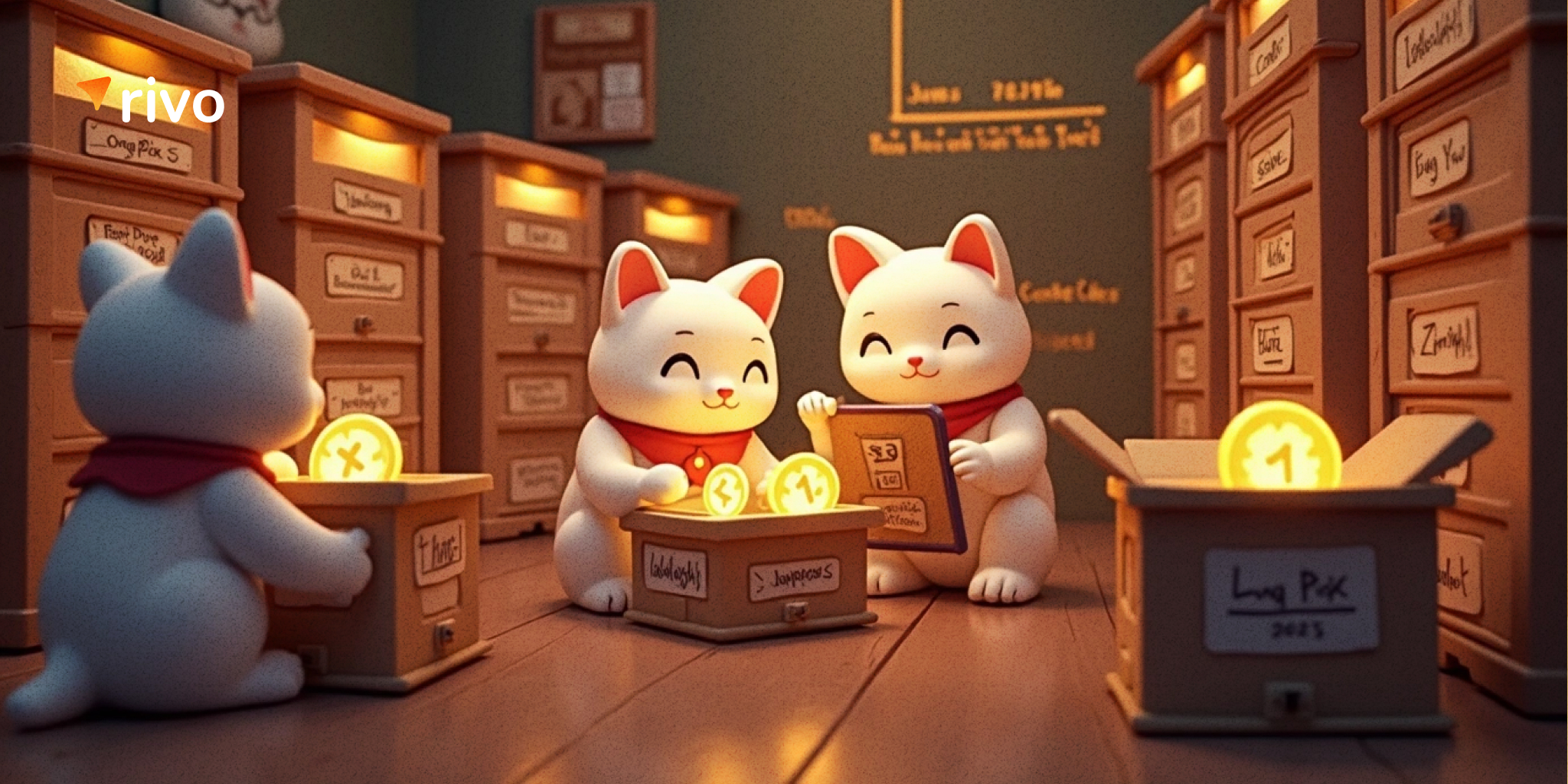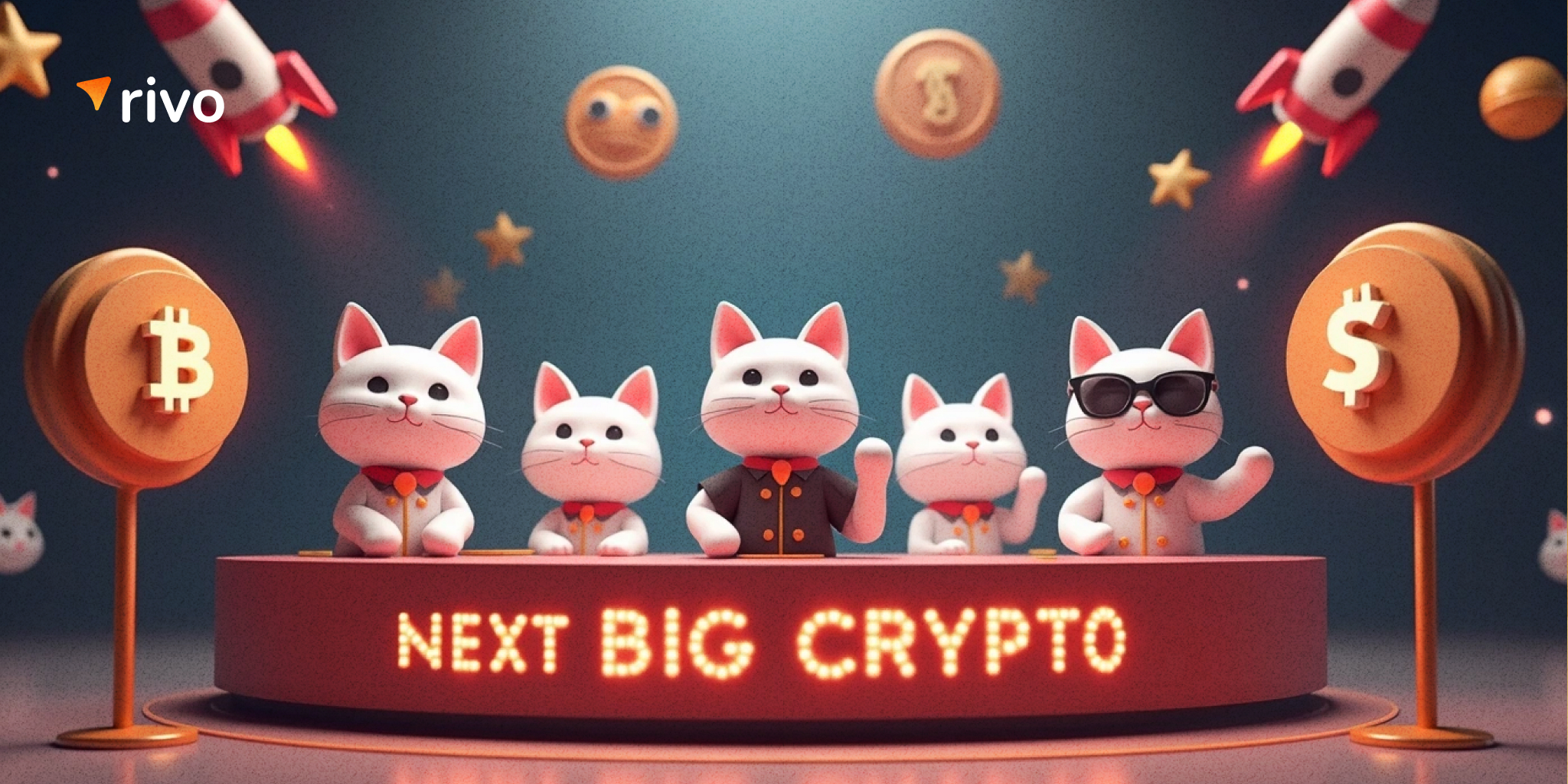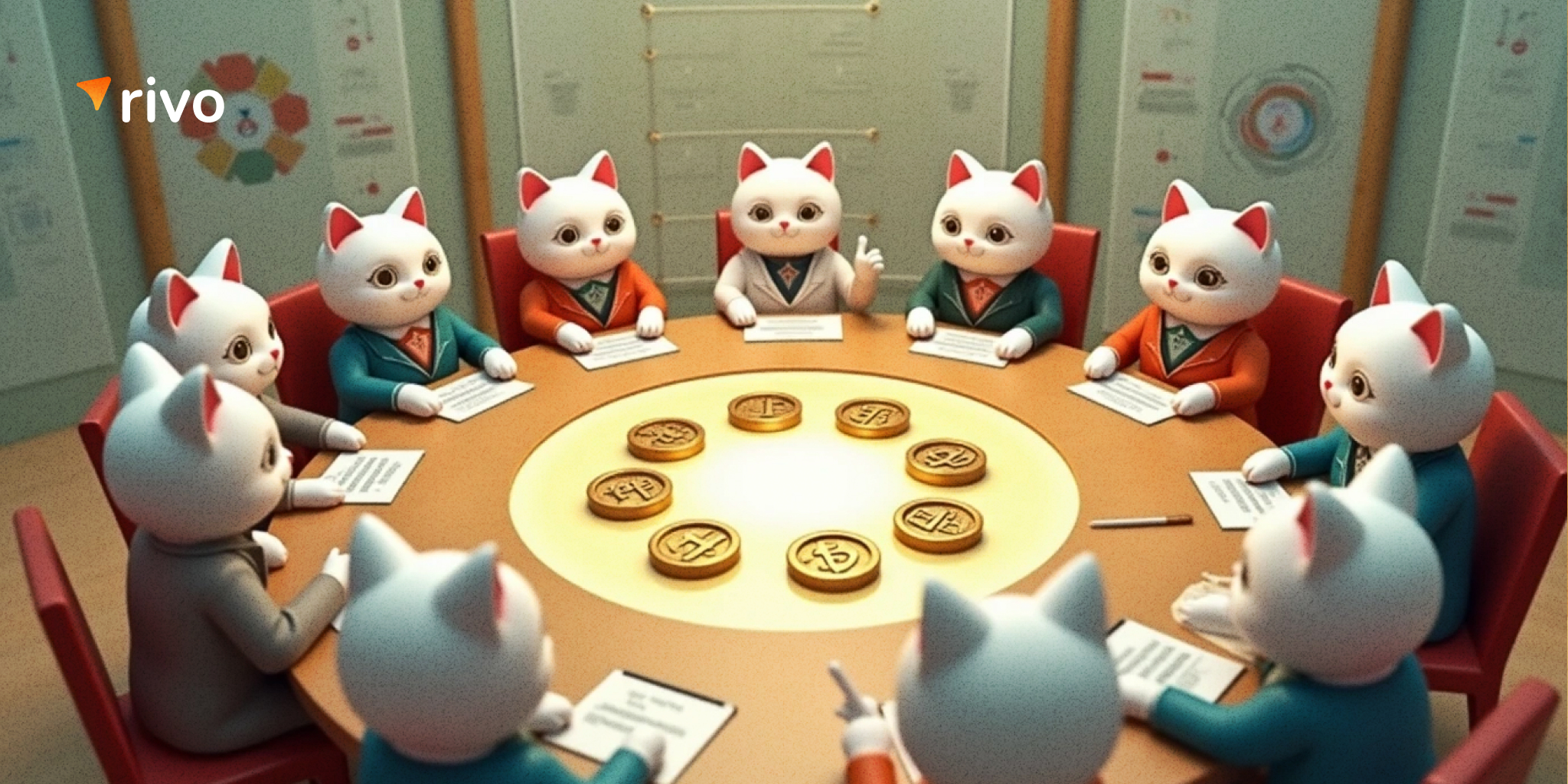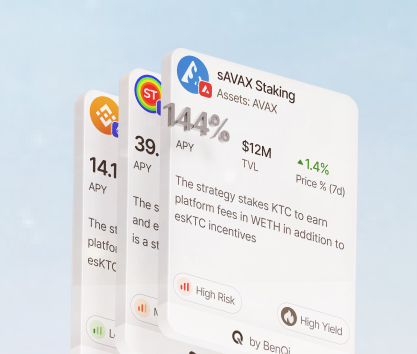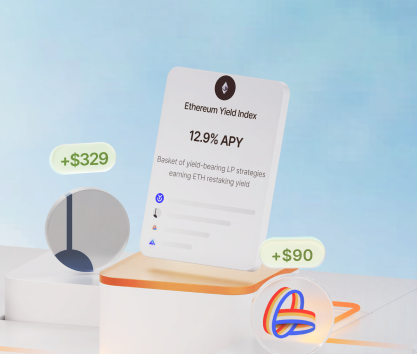Creating a DeFi application is not an easy task. However, it is also not something out of this world even for people who have no experience in coding and developing software. It takes dedication, time, and effort to become a true creator of something that can be used by crypto users. With the necessary information and contemporary development tools, you will be able to create an app!
Building DeFi programs can be done with no-code platforms, but their functionality is limited, and many are specifically designed to work with specific frameworks and architectures. For instance, something that has a great toolkit for an EVM (Ethereum Virtual Machine) infrastructure may not be useful when building something for Solana.
Newcomers will find no value in reading a detailed overview of a development process. So, we will provide a general guideline as well as some useful sources of educational materials that will help you master the craft of DeFi app building.
Decentralized solutions development
The DeFi ecosystem is incredibly diverse. With over 11,000 tracked protocols operating across over 100 chains, it is one of the most useful and functional digital infrastructures created by humanity. People are using it for all sorts of activities, including investment, international remittances, trading, lending, and borrowing.
All these complex operations are conducted by smart contracts. These tiny programs are designed to autonomously navigate their native blockchains and execute their instructions when certain conditions are met. With the help of advanced contemporary tools, one can build them successfully while complying with the harshest safety guidelines. Read how AI simplifies testing of smart contracts to learn more.
There are many types of applications that can be created within the DeFi ecosystem:
- Decentralized banking is evolving in a unique financial infrastructure built upon the foundation of trust, transparency, and equality. Many crypto enthusiasts love this form of online banking thanks to self-custody, total control over finances, and fast transaction speeds.
- Non-fungible tokens have lost their popularity, but they can still provide useful utility. Developers are toying with various ways to implement NFTs into various services. Here, smart contract programming can be done creatively and introduce new products.
- Lending is the fastest-growing category of decentralized protocols in the DeFi ecosystem. Currently, the combined TVL of all lending protocols is over $40 billion. It is the biggest cohort of projects in the DeFi ecosystem. All borrowing is approved and managed automatically by smart contracts.
- Wallets are specialized apps that can be used by end users of blockchain to interact with it. Contemporary wallets are multi-functional applications that are feature-rich, reliable, and safe. For instance, the Rivo wallet can be used across multiple chains and deliver an excellent level of user experience.
- Decentralized exchanges or DEXes are some of the most important platforms for the DeFi ecosystem. They facilitate asset swapping, allow users to move capital quickly, and provide direct access to various digital assets. It is not extremely hard to build a new DEX. For instance, Pancakeswap is essentially a copy of Uniswap. Both operate as open-source projects.
If you have a bright idea for a decentralized application, you will need to think about which DeFi developer tools to use in your project. We are going to talk about the necessary steps you will need to take during the process and which platforms to use.
A step-by-step guide for new developers
The whole process can be broken down into distinct steps. Each phase of the development process is unique and requires an individual approach.
Here are the steps:
- Choose which type of decentralized app you want to build. You need to define your audience, make sure that your concept has features that make it stand out, and think about the limitations of your platform.
- Choose the right blockchain. The hottest current debate is “Ethereum vs Solana for DeFi”. Technologically, these are different architectures. Solana works well for newcomers due to its low prices. However, Ethereum has better documentation and a bigger community.
- Think about tokenomics. An appropriate distribution of tokens between early adopters, developers, and users can be a make-or-break moment for your project. It is incredibly important to contemplate the best approach to tokenomics before even approaching the drawing board.
- Integrating a crypto wallet. In an EVM ecosystem, it is impossible to provide any financial service without integrating one of many popular wallets. MetaMask or TrustWallet are good choices. You can find all the necessary technical documentation and even some code on Github and the official websites of these wallets.
- Don’t forget about cross-chain DeFi integration. Almost all successful protocols integrate with Oracles, which are third-party, often centralized entities that connect your decentralized app to the larger crypto ecosystem.
- Focus on developing excellent UX/UI. User experience is crucial. Close to 30% of all surveyed investors believe that difficult onboarding is one of the biggest obstacles for newcomers. You should design your application in a way that makes it easy for beginners to get started.
- Prototyping and iterating are important processes in Dapp development. Ethereum developers use the Hardhat framework to test their applications before deploying them on the mainnet. You can also check out Remix, Atom, ETHcode, and Visual Studio Code. These are great instruments for EVM developers.
- Quality assurance is imperative. Security is one of the biggest concerns for all DeFi users. Make sure to use blockchain security audits offered by specialized vendors or power users of the EVM ecosystem.
Lastly, you really want to focus on creating something that will last for at least a couple of decades. While only a handful of projects survive in the long run, you have to build with scalability and security in mind. At the same time, consider regulatory compliance in DeFi. The introduction of the Markets in Crypto-Assets Regulation (MICA) in the EU creates a new set of challenges for DeFi developers.
Before approaching the drawing board, it is a good idea to comb the internet for useful educational materials. Github, Reddit, Discord communities, and specialized websites can be excellent sources of information for a dedicated student. For instance, Github has one of the best collections of useful developer tools for the EVM ecosystem.
The future of decentralized finance
The DeFi ecosystem continues growing and expanding despite some setbacks. In 2024, the number of unique wallets in the Ethereum ecosystem participating in various financial activities has grown to over 20 million. People are slowly getting used to these new tools. It is a perfect moment to become a developer. The role of community and grants in supporting DeFi developers is also growing, and the number of people who are interested in supporting new projects has increased sharply during the last five years.
Many platforms allow new projects to take off more easily. For instance, the Rivo Yield Marketplace is a place where DeFi investors can choose from a large selection of investment strategies picked by experienced professionals. All of these investment options are thoroughly researched and verified to ensure that users build their portfolios with excellent market positions that correspond with their preferences and risk styles.
Rivo is a great destination for developers who want to gain exposure and DeFi investors interested in creating balanced, well-diversified portfolios.
